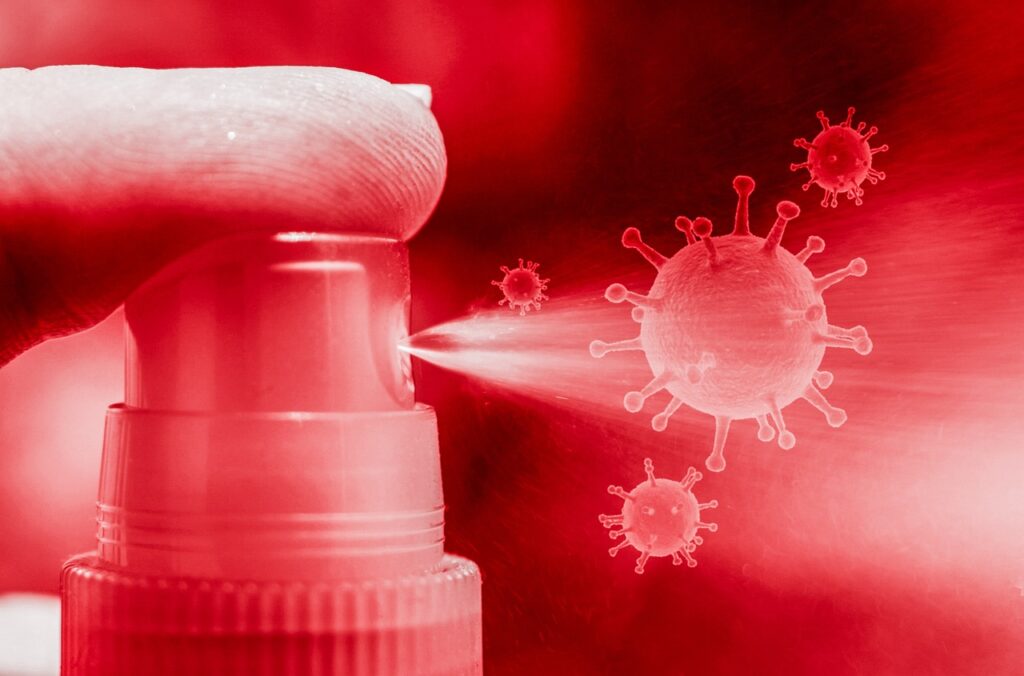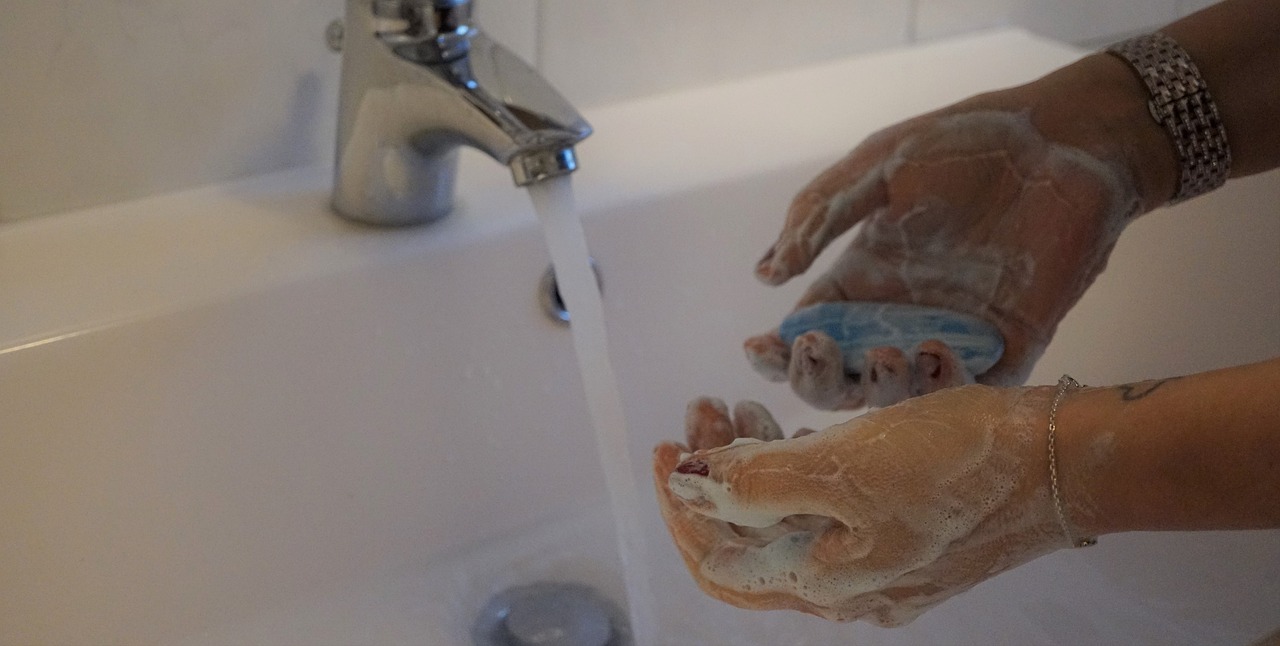Infection prevention is a critical part of healthcare that protects patients, healthcare staff, and the community as a whole. Infections can be spread in a variety of ways, including direct touch, airborne droplets, and contaminated surfaces. Healthcare-associated infections (HAIs) are a major concern in the healthcare industry, and preventing their spread necessitates a holistic approach that includes education, surveillance, and the application of evidence-based policies.
The Value of Infection Prevention
Infections are a major source of morbidity and mortality throughout the world, and healthcare-associated infections are among the most prevalent and expensive types of diseases. HAIs are infections that patients get while undergoing treatment for other diseases. The risk of HAIs is higher in hospital settings due to increased pathogen exposure and patients’ compromised immune systems.
Bacteria, viruses, fungi, and parasites are among the microbes that can cause HAIs. Catheter-associated urinary tract infections, surgical site infections, bloodstream infections, and ventilator-associated pneumonia are the most common kinds of HAIs.

HAIs have major economic ramifications in addition to their influence on patient health. The expense of treating HAIs can be significant, and they can also result in prolonged hospital stays and readmissions, which can raise healthcare expenditures even further. In addition, HAIs can have legal and reputational consequences for healthcare facilities.
Infection control is crucial for protecting patients, healthcare staff, and the general public. Infection prevention methods that are effective can minimize the risk of HAIs and enhance patient outcomes. Furthermore, infection control can assist in lowering healthcare expenditures, improving healthcare quality, and increasing patient happiness.
Education’s Role in Infection Prevention
Infection prevention relies heavily on education. Personal protection equipment (PPE), hand cleanliness, and other infection prevention techniques must be taught to healthcare professionals. Continuous education should include regular updates on new rules and best practices.
One of the most critical infection prevention methods is hand cleanliness. Hand hygiene should be performed before and after patient interaction, before and after operations, and after contact with potentially infected materials. Hand cleanliness can lower the danger of pathogen transmission and the spread of diseases.
The proper use of personal protective equipment (PPE) is also critical in infection prevention. When caring for patients with known or suspected infectious diseases, healthcare staff should use PPE such as gloves, gowns, and masks. To prevent the spread of infections, PPE should be removed and disposed of properly.
Patient education is just as important as education for healthcare providers. Hand cleanliness, cough etiquette, and other infection prevention methods should be taught to patients. Patients can also help avoid infections by reporting symptoms and following isolation procedures when necessary.
Monitoring and Surveillance
Infection prevention relies heavily on surveillance and monitoring. Surveillance entails the systematic gathering, analysis, and interpretation of HAI data. This information can be used to identify patterns, assess the efficacy of infection prevention strategies, and guide quality improvement activities.
Monitoring entails assessing infection prevention methods on a regular basis to verify they are being performed effectively. Audits of hand hygiene compliance, observation of PPE use, and regular pathogen testing of equipment and surfaces can all fall under this category.
Effective surveillance and monitoring can aid in the identification of areas for improvement and the adoption of evidence-based procedures. To ensure the efficiency of their efforts, infection prevention programs should have robust surveillance and monitoring systems in place.
Putting Evidence-Based Practices into Action
The use of evidence-based infection prevention techniques is critical for lowering the risk of HAIs. Evidence-based practices are those that have been shown via thorough research to be beneficial and are advocated by experts in the field.
Following are some examples of evidence-based infection prevention practices:
Bundles are collections of evidence-based practices that are performed together to prevent disease.